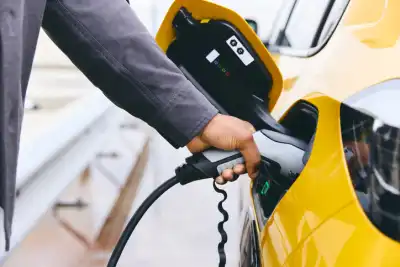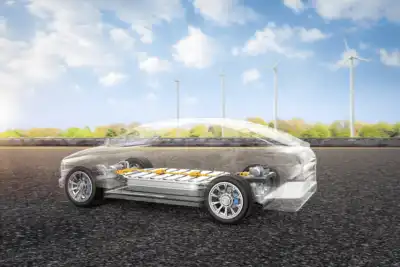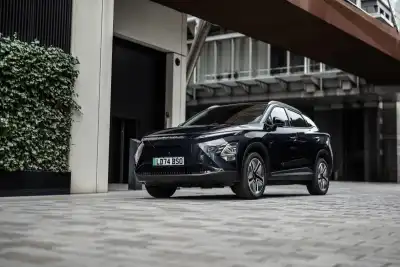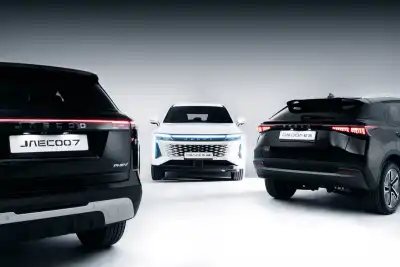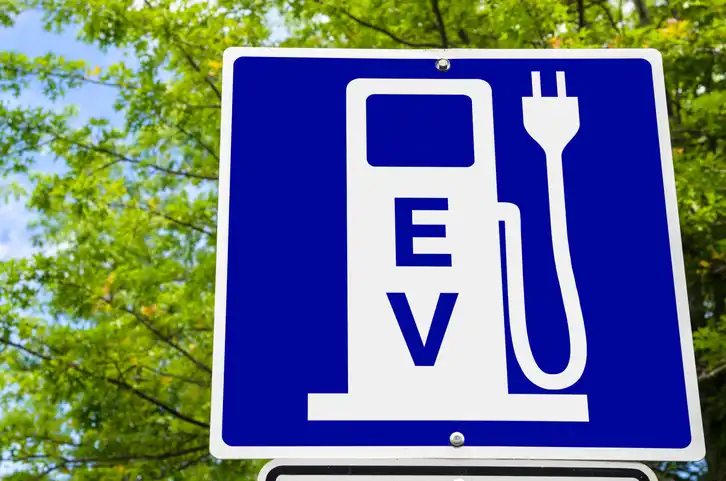
Get ready to see new road signs popping up across England’s A roads. The Department for Transport (DfT) has confirmed that dedicated electric vehicle charging signage is on the way to help EV drivers find public charging hubs more easily.
These signs will point to over 300 charging hubs across the country, each with at least six rapid 50kW+ chargers, and many featuring ultra-rapid ones that can boost your battery from 10% to 80% in around 30 minutes. Most are placed near motorways or major roads and usually come with somewhere to grab a coffee while you wait.
This update is part of a wider £63 million investment in EV infrastructure. That includes £25 million to help local councils install charging cables under pavements. This is ideal for people living in flats or terraced houses who don’t have a driveway but want to charge at home safely and affordably.
And that’s not all. Transport Secretary Heidi Alexander has announced the return of a government EV grant, possibly worth £650 million, to cut the upfront cost of going electric. It would be the first EV purchase subsidy since the Plug-in Car Grant was scrapped in 2022.
So why all the changes? More people would go electric if charging was easier and EVs were cheaper.
Right now, a lot of drivers still worry about running out of charge mid journey, especially on long trips. And many don’t realise how much infrastructure is already out there because it’s just not signposted clearly. The new signs aim to fix that.
EV charging at home is much cheaper than using public points. According to the latest AA data:
- Charging at home costs about 6.1p per mile
- Using a slow public charger costs 11.3p per mile
- Using a rapid public charger can cost up to 19.6p per mile
- Driving a petrol car costs around 11.6p per mile based on May’s average fuel prices
If you have access to home charging, the savings really add up. The DfT estimates drivers could save up to £1,500 a year by switching from petrol or diesel to an EV and charging at home.
AA President Edmund King welcomed the new signage, saying there are already loads of chargers, but they’re "often hidden in plain sight". InstaVolt’s CEO Delvin Lane called the move a "crucial step" in making the UK’s charging network more visible and accessible.
And it’s not just EV drivers backing the change. A 2024 Europcar survey found that 89 percent of EV drivers and 73 percent of non-EV drivers want better signage on A roads and motorways.
The new EV grant focuses on UK-built vehicles like those made by Nissan. The government wants to support British manufacturing and help more people go electric before the ban on new petrol and diesel cars comes into force in 2030.
In Summary:
- New EV road signs are being rolled out to make charging points easier to find
- A £63 million investment is boosting EV infrastructure across England
- An EV purchase grant has been brought back to make electric cars more affordable
- Home charging is far cheaper than public or petrol refuelling
- The goal is to make electric driving easier, cheaper and more accessible

